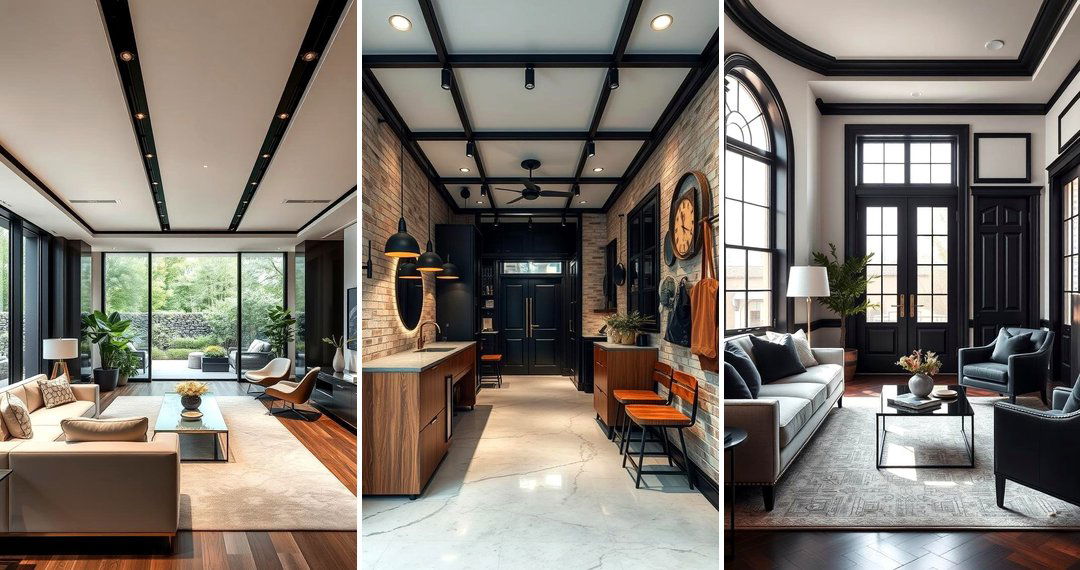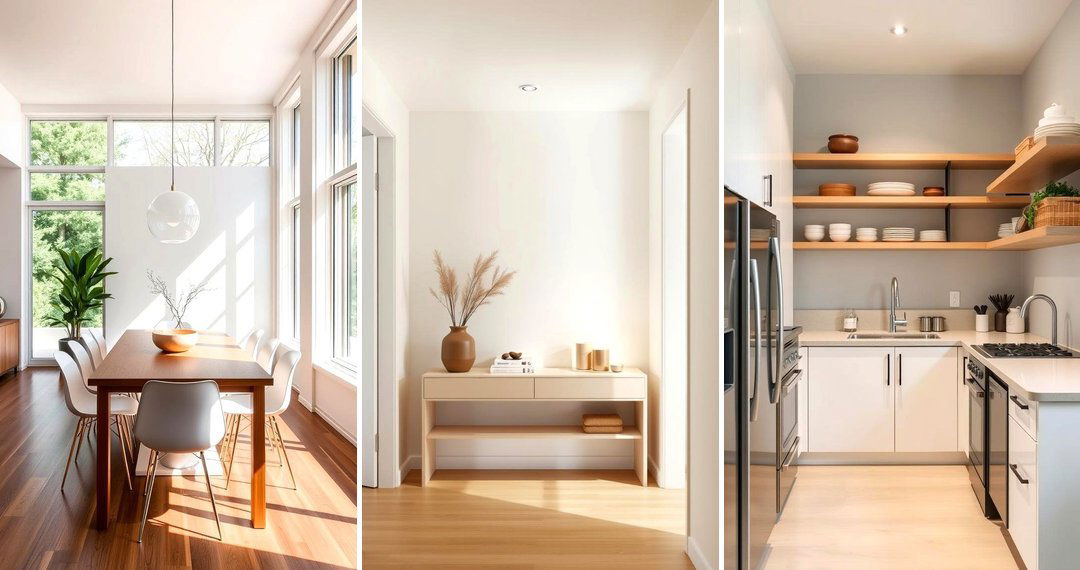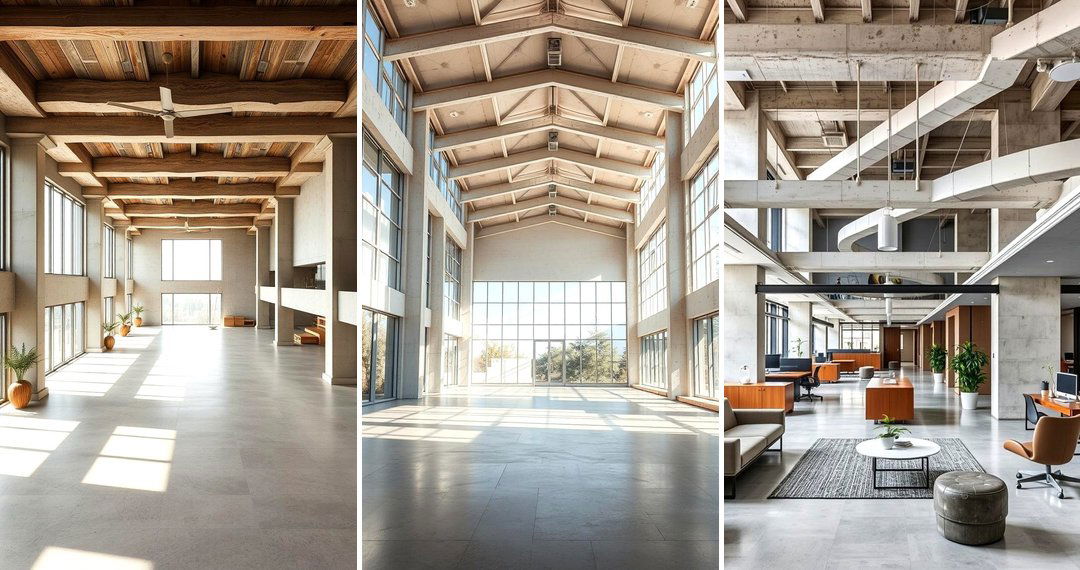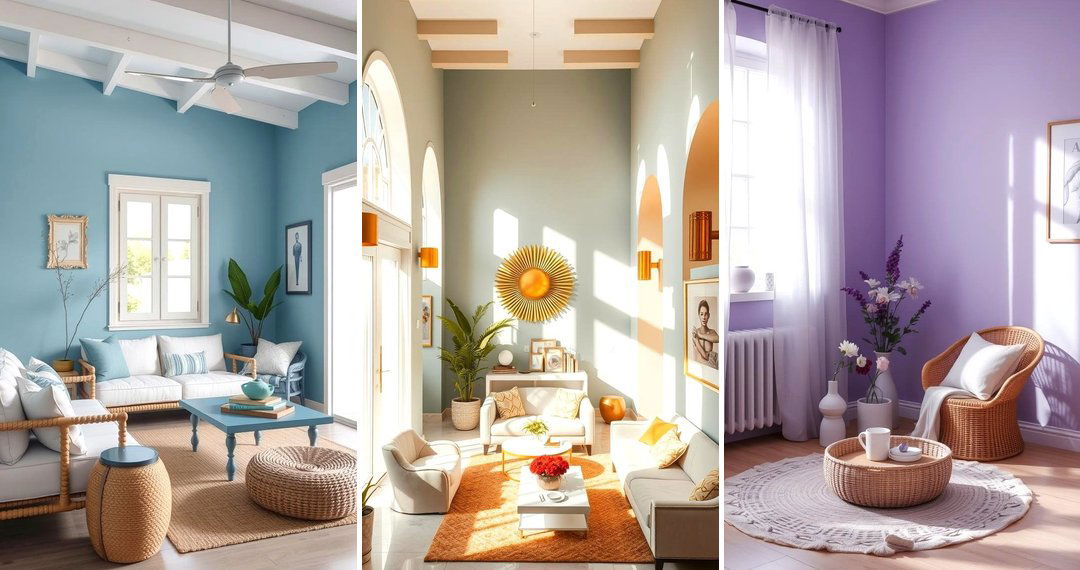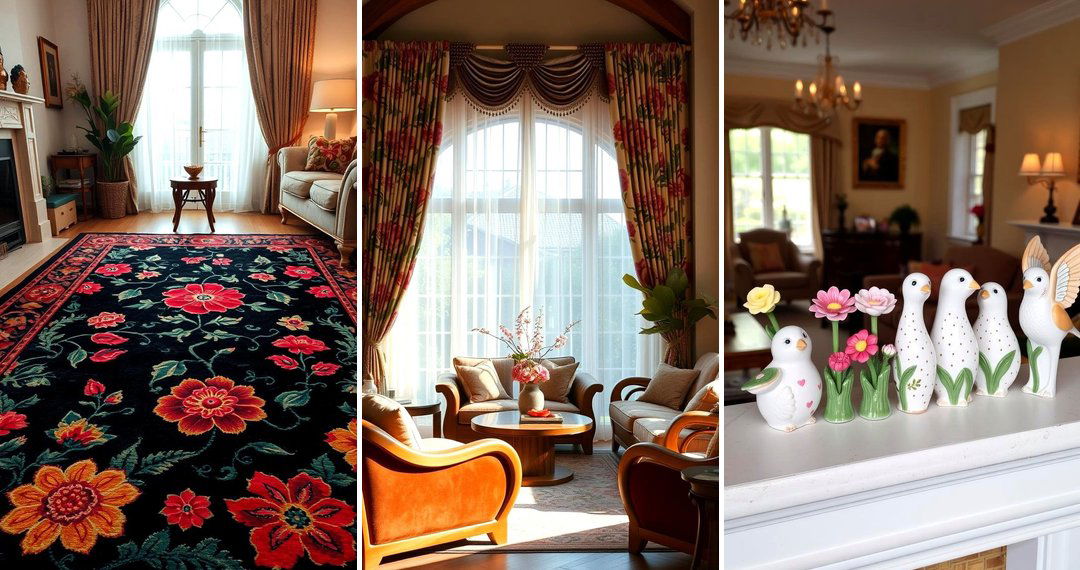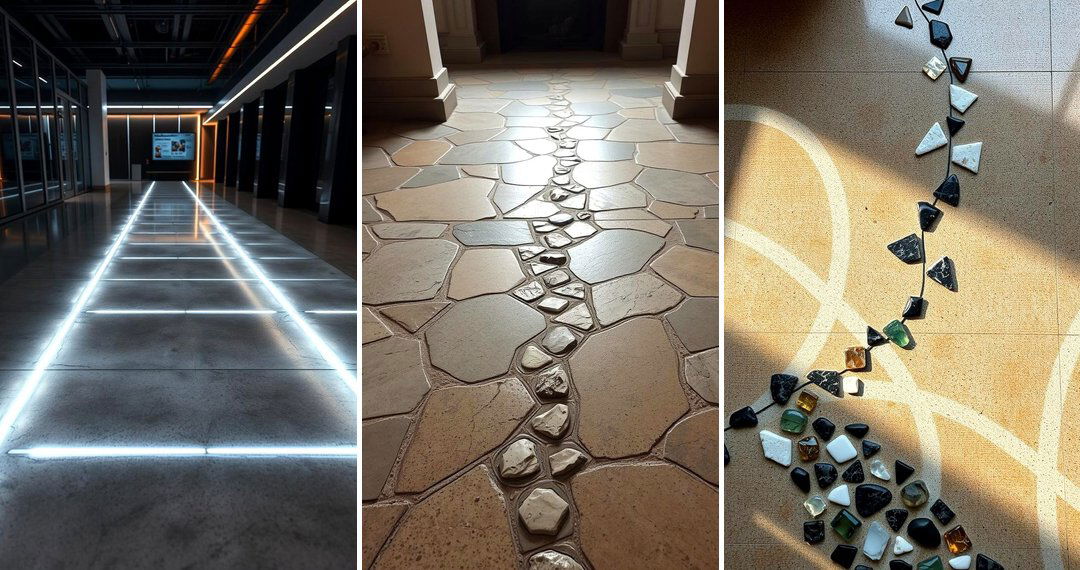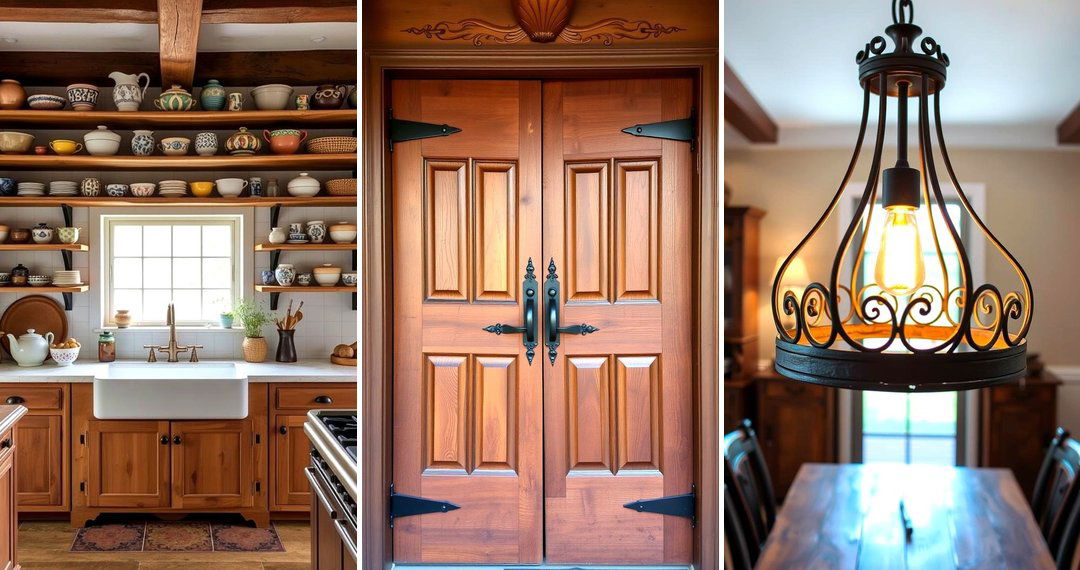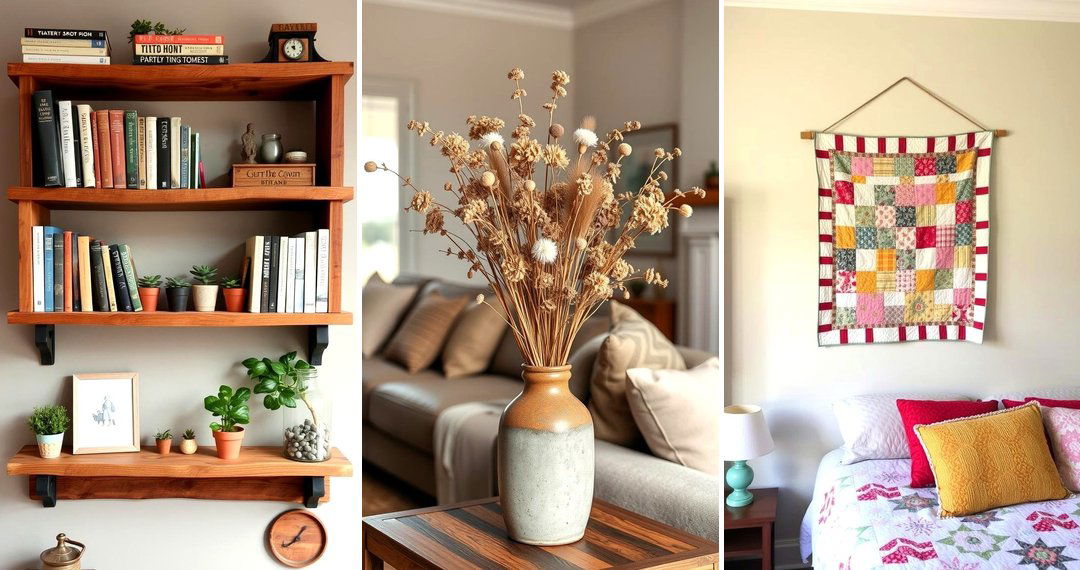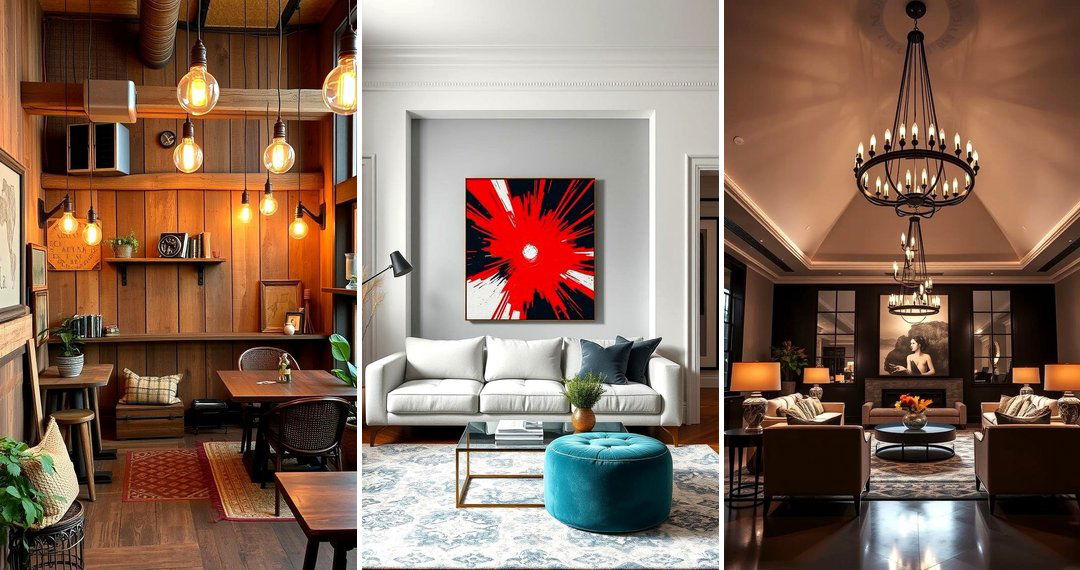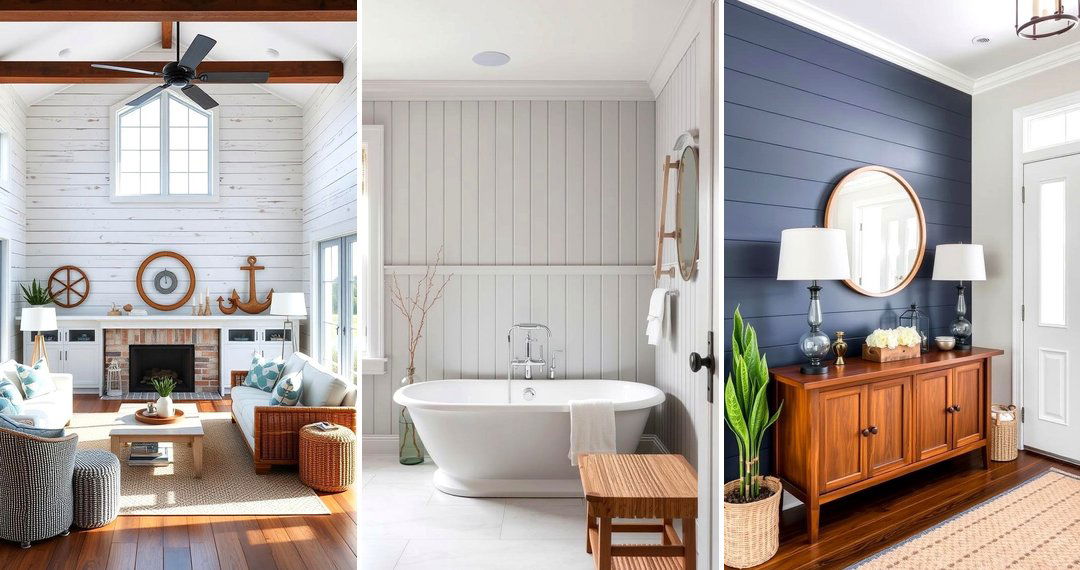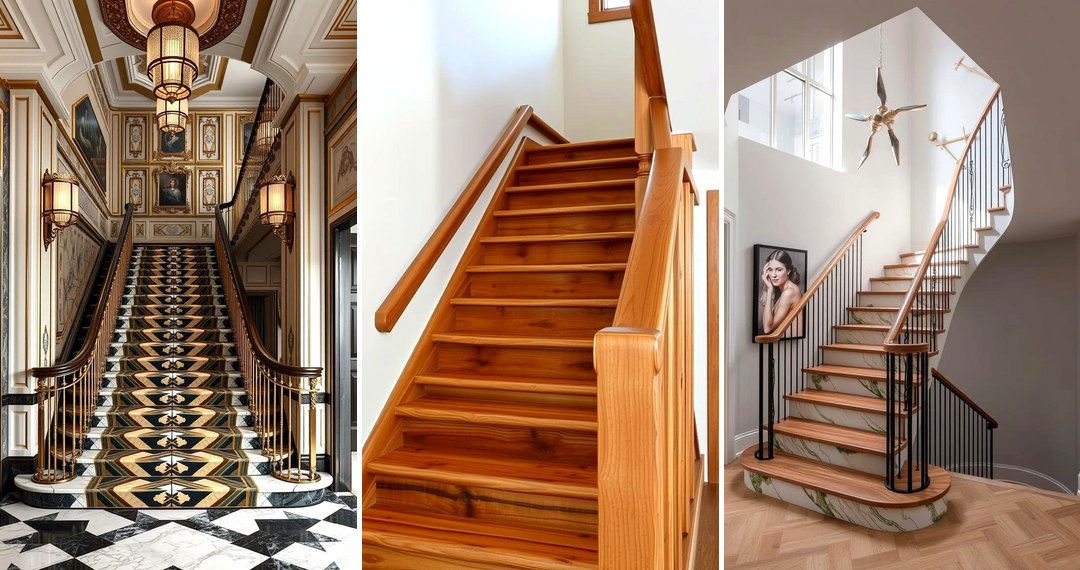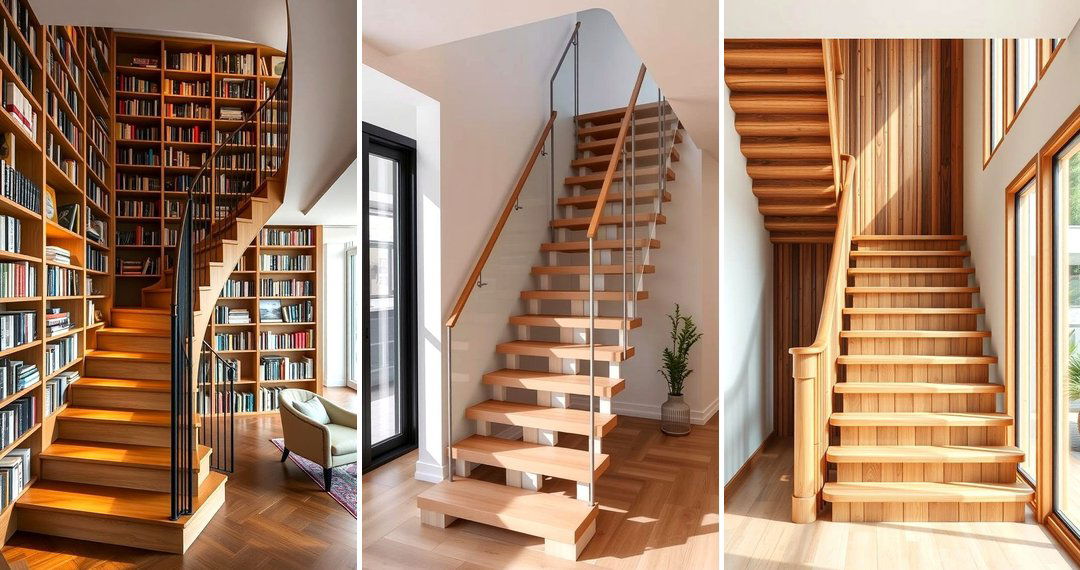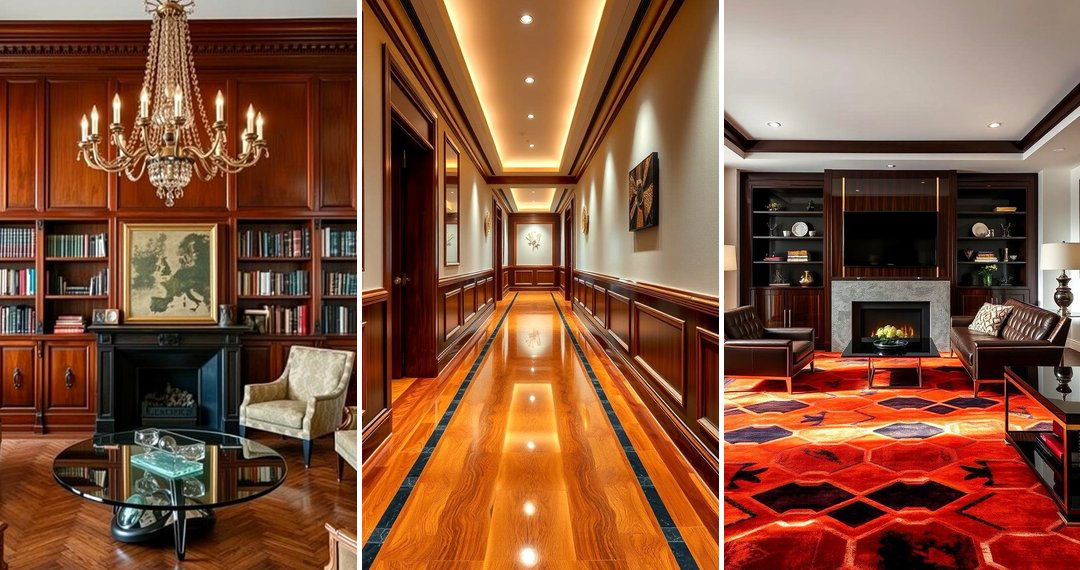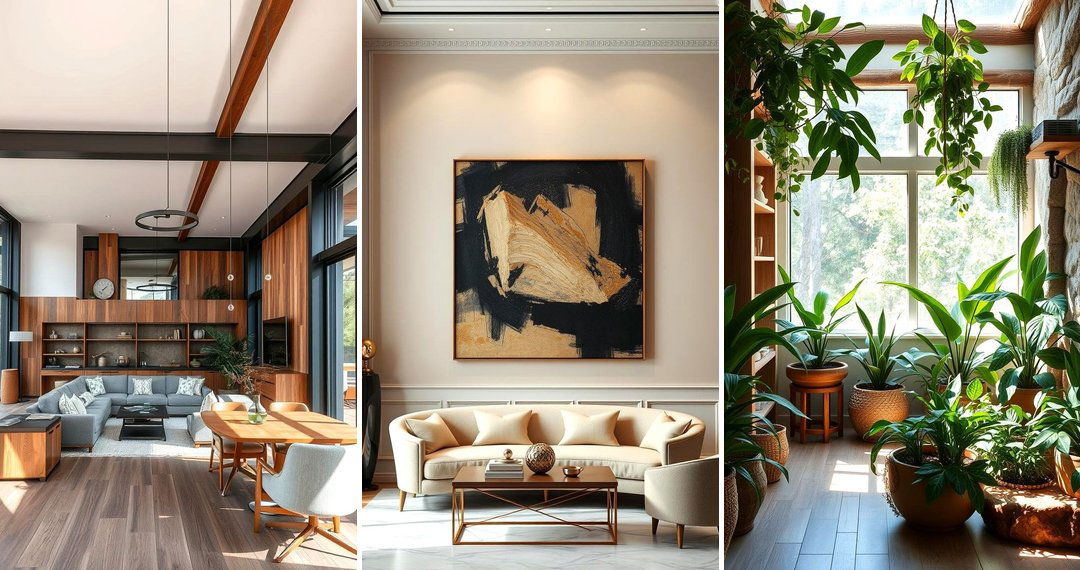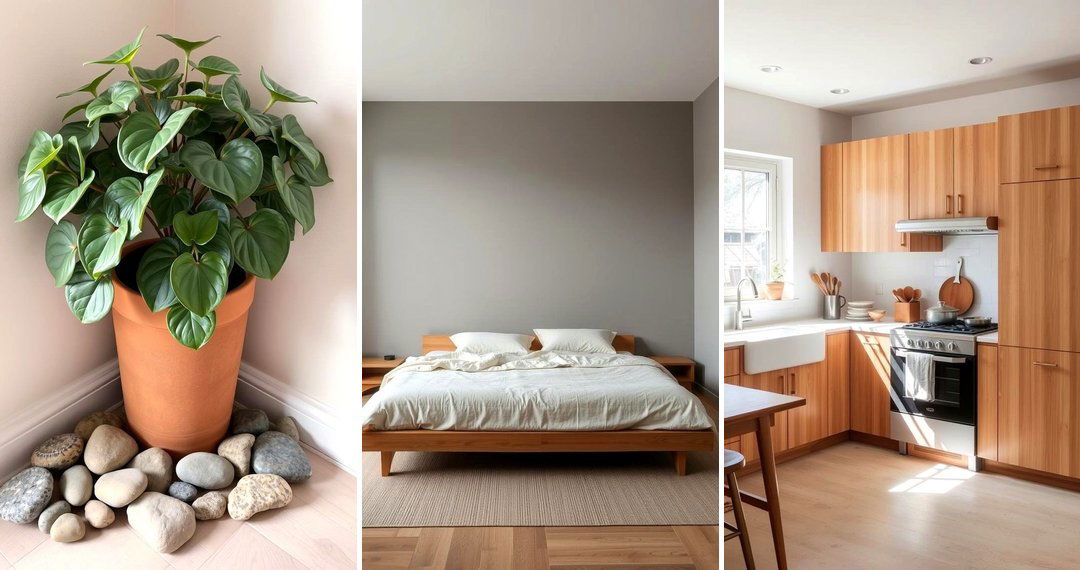In the realm of interior design, the allure of tradition remains timeless. Embracing traditional interior design ideas is about creating spaces that feel both familiar and refined, drawing inspiration from classic styles and incorporating elements that speak of history and heritage. It's a design philosophy that values symmetry, balance, and a sense of established elegance, resulting in interiors that are comfortable, sophisticated, and enduringly stylish. Let's explore the rich tapestry of traditional interior design ideas to discover how you can weave this classic charm into your own home.
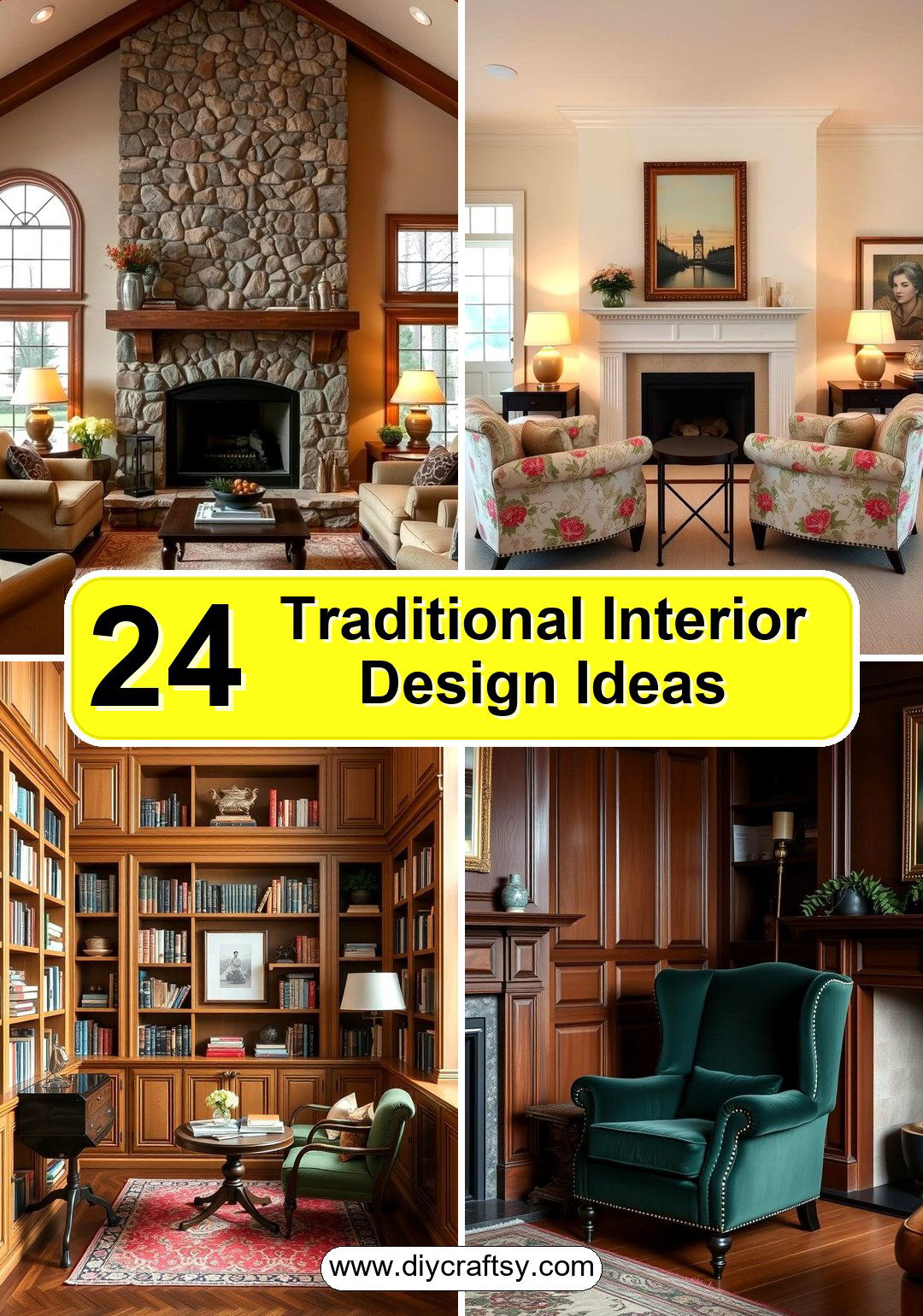
1. Timeless Wingback Chair
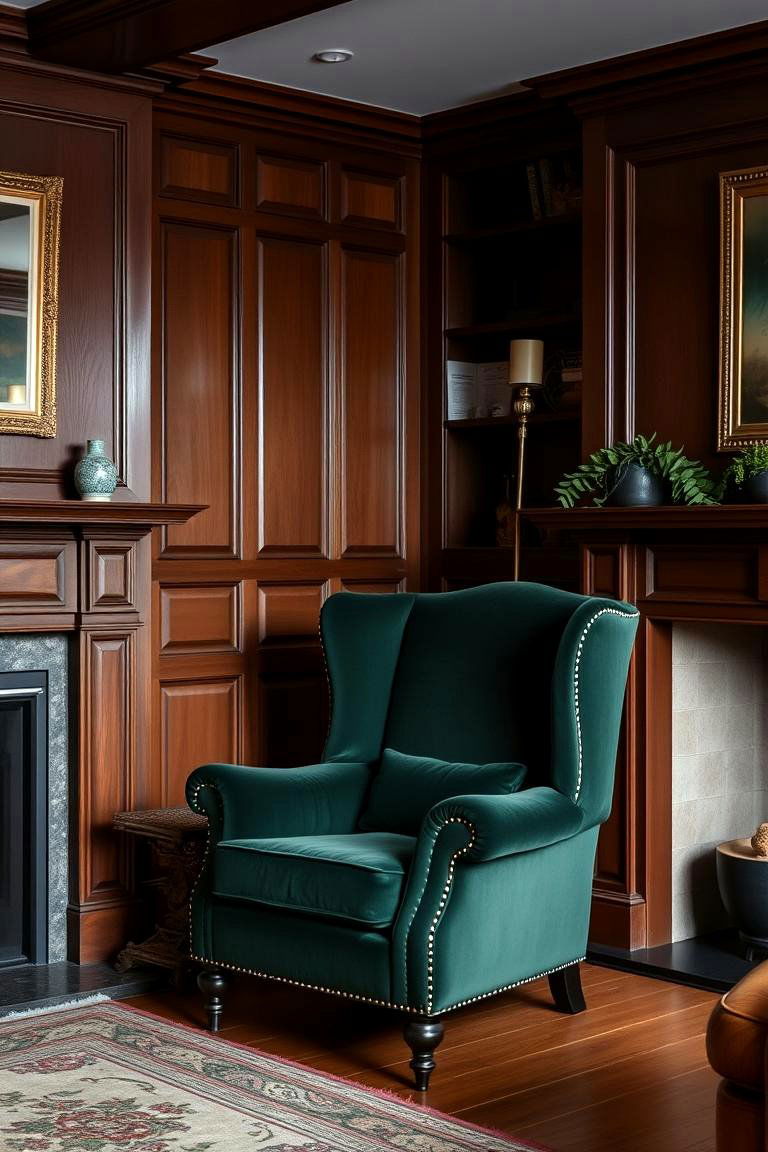
Consider the addition of a wingback chair to your living space. This iconic piece, with its high back and supportive "wings," provides both comfort and a touch of stately elegance. Traditionally upholstered in rich fabrics like velvet, leather, or patterned damask, a wingback chair can become a focal point in a reading nook or beside a fireplace. Its sturdy frame and classic silhouette ensure longevity, making it a practical and stylish investment. The chair's design encourages relaxation and offers a sense of enclosure, perfect for unwinding after a long day.
2. Elegant Persian Rug

The introduction of an elegant Persian rug can instantly elevate the sophistication of a room. Known for their intricate patterns, rich colors, and exceptional craftsmanship, these rugs serve as stunning foundational pieces. Their durability ensures they can withstand heavy foot traffic, making them practical for high-use areas like living rooms and dining rooms. A genuine Persian rug often becomes a cherished heirloom, adding both beauty and value to your home's interior. The detailed designs can also inspire the color palette and overall theme of the space.
3. Classic Wooden Furniture

Another cornerstone of traditional interior design involves incorporating classic wooden furniture. Think of pieces crafted from rich woods like mahogany, cherry, or walnut, often featuring intricate carvings and refined details. These pieces exude quality and durability, promising years of use. From stately dining tables to elegant chests of drawers, classic wooden furniture adds warmth and a sense of heritage to any room. Their timeless appeal ensures they remain stylish regardless of fleeting trends, making them a wise choice for a lasting interior.
4. Symmetrical Arrangement
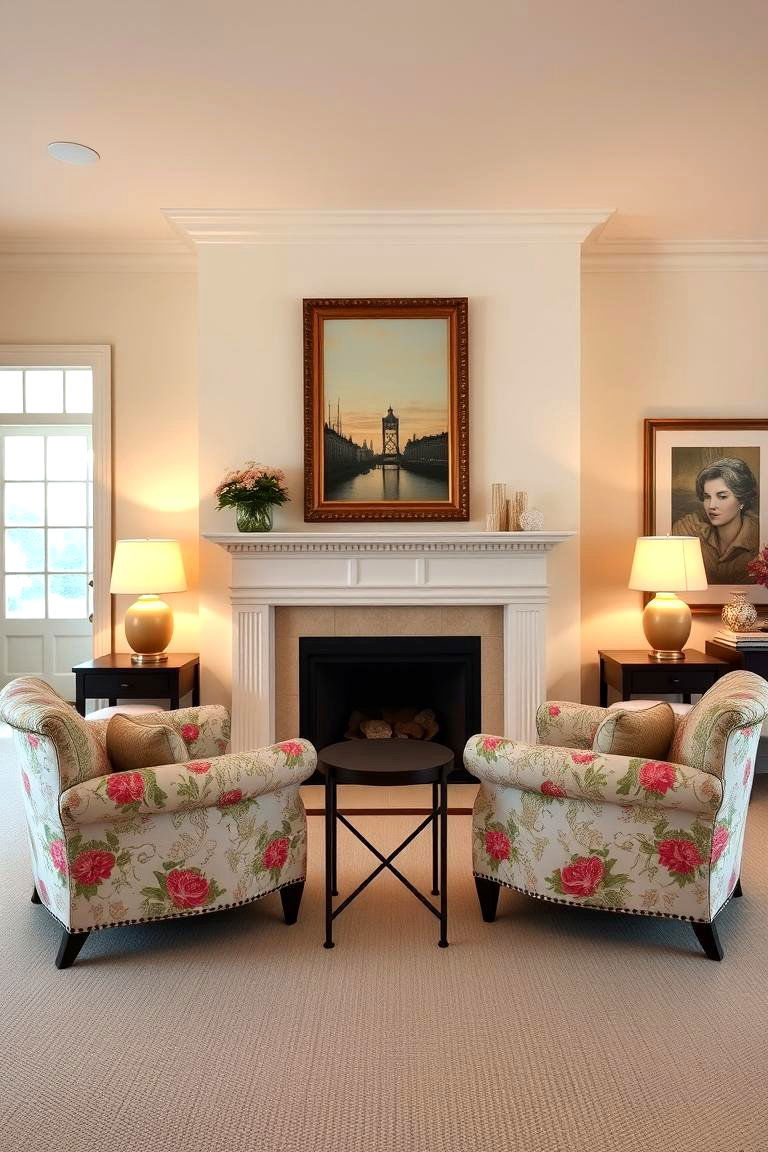
With traditional design, symmetry plays a crucial role in creating a sense of balance and harmony. For instance, arranging matching lamps on either side of a sofa or placing identical armchairs opposite each other establishes a visually pleasing and orderly aesthetic. This balanced approach extends to artwork and decorative accessories, contributing to a feeling of calm and sophistication. Implementing symmetrical arrangements is a simple yet effective way to achieve a classic and refined look in your home.
5. Layered Lighting Scheme

Bringing depth and warmth to a traditional interior often involves a layered lighting scheme. This includes a combination of ambient lighting (like chandeliers or recessed lights), task lighting (such as table lamps or floor lamps), and accent lighting (to highlight artwork or architectural details). This multi-layered approach not only provides functional illumination but also creates a cozy and inviting atmosphere. Opt for fixtures with classic designs and warm-toned bulbs to enhance the traditional feel.
6. Rich Fabrics and Textiles

For adding a luxurious and comfortable feel to a traditional space, consider incorporating rich fabrics and textiles. Materials like silk, velvet, linen, and wool in deep, saturated colors or classic patterns like damask and toile can be used for upholstery, curtains, and throw pillows. These textures add depth and visual interest, contributing to an opulent yet welcoming ambiance. The tactile quality of these fabrics also enhances the overall sensory experience of the room.
7. Formal Dining Room
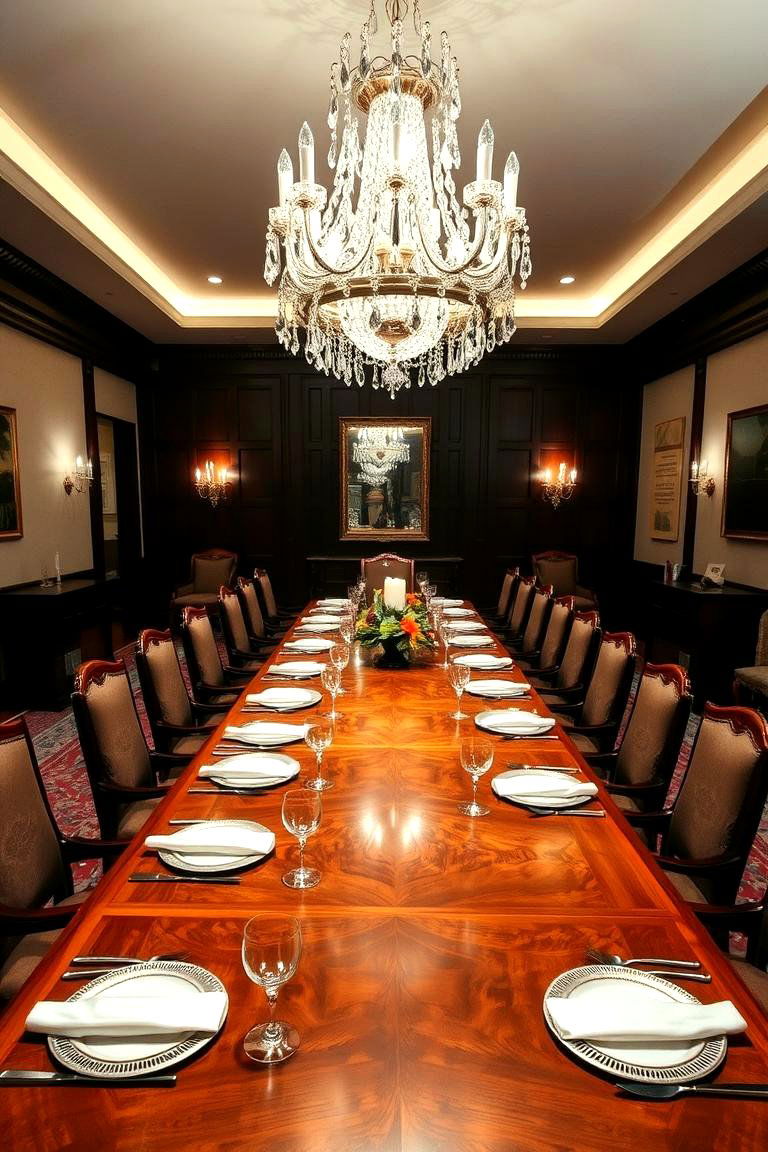
What defines traditional interior design often includes a formal dining room. This dedicated space, typically featuring a large, sturdy dining table surrounded by elegant chairs, is designed for hosting meals and gatherings. Often adorned with a chandelier, fine china, and polished silverware, a formal dining room exudes sophistication and provides a setting for memorable occasions. This space emphasizes the importance of shared meals and gracious entertaining.
8. Window Treatments with Drapery

To enhance the elegance of traditional interiors, consider window treatments with layered drapery. This often involves sheer curtains for light filtering and heavier drapes in luxurious fabrics for privacy and insulation. Details like swags, tails, and tiebacks can add a formal touch. Well-chosen drapery not only frames the windows beautifully but also contributes to the overall softness and refinement of the room's decor.
9. Built-in Bookshelves
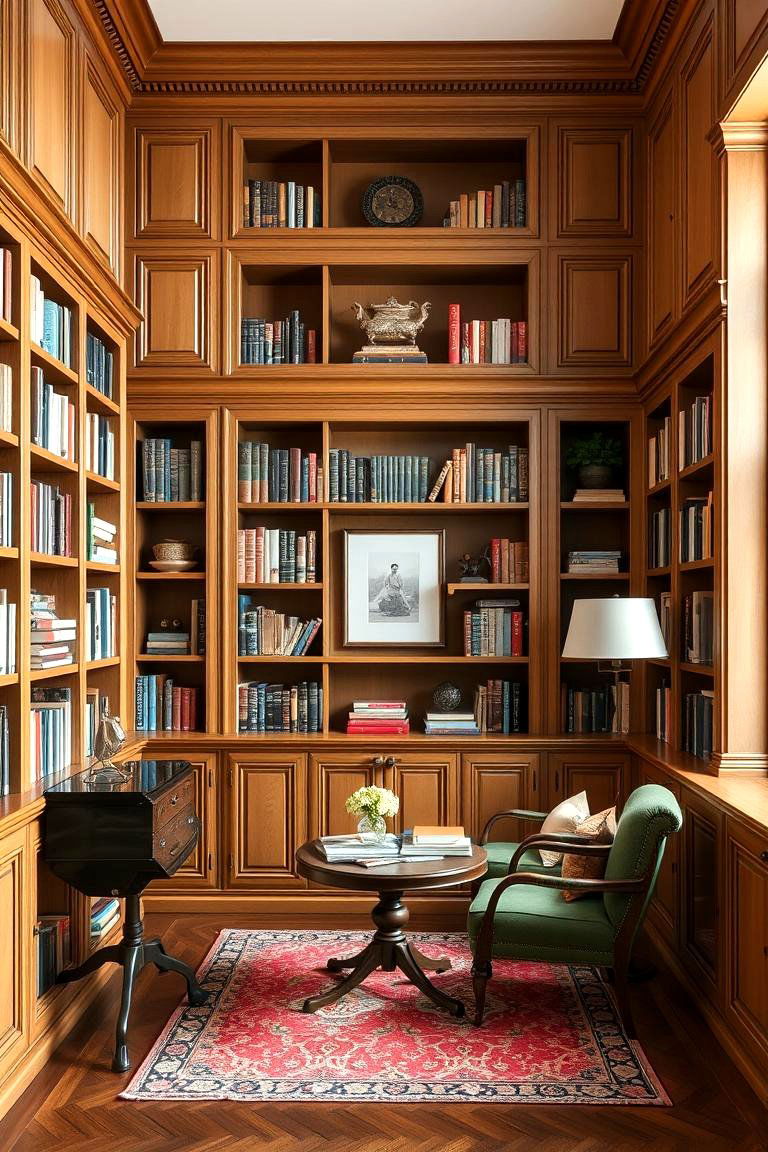
Looking to add both functionality and classic charm? Built-in bookshelves are an excellent choice. These custom-designed units not only provide ample storage for books and decorative items but also create a sophisticated focal point in a living room or study. Often featuring detailed millwork and a rich wood finish, built-in bookshelves add a sense of permanence and intellectual appeal to the space. They allow for personalized displays and contribute to an organized and refined aesthetic.
10. Traditional Artwork and Mirrors
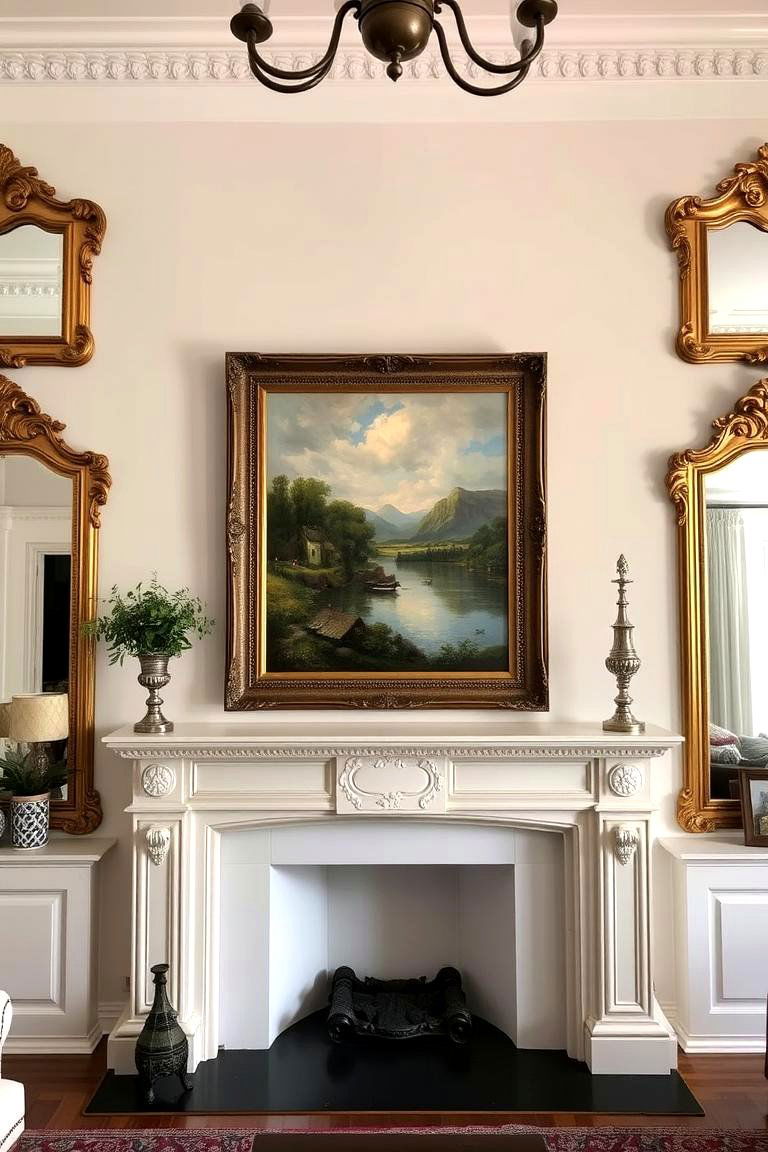
The selection of artwork and mirrors plays a significant role in defining a traditional interior. Opt for framed oil paintings, portraits, or landscapes that evoke a sense of history and culture. Large, ornate mirrors can not only enhance the feeling of space and light but also serve as decorative statement pieces. Carefully chosen artwork and mirrors add personality and depth to the room, reflecting a cultivated and refined taste.
11. Decorative Moldings and Trim

By incorporating decorative moldings and trim, you can add architectural interest and character to a traditional interior. This includes elements like crown molding, chair rails, and baseboards, which enhance the room's structure and create a sense of formality. These details, often featuring intricate designs, add a layer of sophistication and visual appeal to walls and ceilings, contributing to the overall classic aesthetic.
12. Fireplace as a Focal Point

For many traditional homes, the fireplace serves as a natural and inviting focal point in the living room or family room. Emphasize this feature with a decorative mantel crafted from wood or stone, often adorned with classic details. Arrange furniture around the fireplace to encourage conversation and create a cozy gathering space. The warmth and ambiance of a fireplace contribute significantly to the traditional home's welcoming atmosphere.
13. Accent Tables with Intricate Details

Take, for example, the strategic placement of accent tables throughout a traditional interior. These smaller tables, such as end tables, coffee tables, and console tables, often feature intricate details like carved legs, inlaid wood, or marble tops. They provide convenient surfaces for lamps, books, and decorative accessories while also adding to the overall elegance of the room. Carefully selected accent tables enhance both the functionality and the aesthetic appeal of the space.
14. Use of Classic Color Palettes
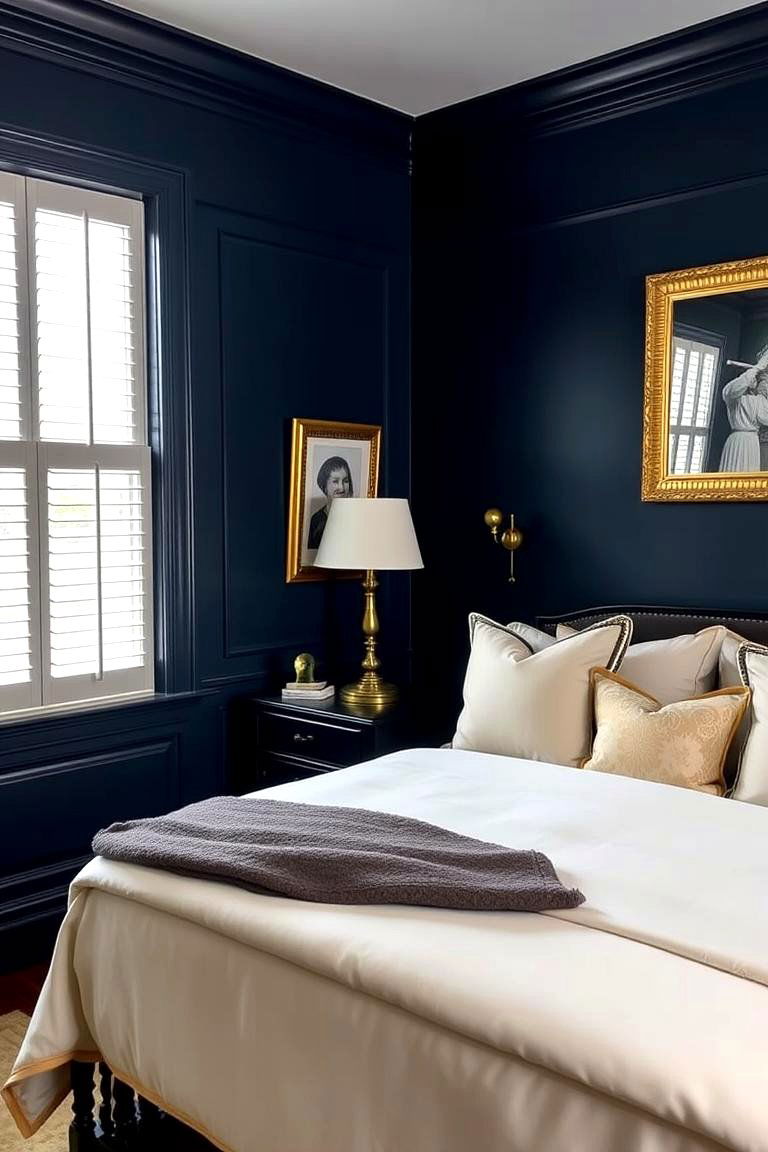
What sets traditional interiors apart is often the use of classic color palettes. Think of rich, warm tones like deep reds, forest greens, and navy blues, often paired with neutrals like cream, beige, and ivory. These colors create a sense of timelessness and sophistication. Accents of gold or silver can add a touch of luxury. A well-balanced classic color palette contributes to a harmonious and refined atmosphere.
15. Incorporating Antiques and Heirlooms

Bringing a sense of history and personal connection to a traditional interior involves incorporating antiques and heirlooms. These pieces, with their unique stories and timeless designs, add character and authenticity to the space. Whether it's a vintage chest, an antique mirror, or a family portrait, these items create a sense of continuity and heritage, making the home feel truly lived-in and special.
16. Traditional Kitchen Design

The design of a traditional kitchen often features elements like raised-panel cabinetry, natural stone countertops (such as granite or marble), and classic hardware finishes like brass or oil-rubbed bronze. A farmhouse sink and perhaps a decorative backsplash can further enhance the traditional aesthetic. The emphasis is on functionality and timeless elegance, creating a warm and inviting space for cooking and gathering.
17. Elegant Bathroom Fixtures

For a cohesive traditional design, extend the aesthetic to the bathroom with elegant fixtures. Consider features like clawfoot tubs, pedestal sinks, and polished chrome or brass faucets. Marble or tile flooring and wainscoting on the walls can further enhance the classic feel. The goal is to create a serene and sophisticated space that reflects the overall traditional style of the home.
18. Formal Entryway

The entryway sets the tone for the entire home in traditional interior design. Often featuring a grand staircase, a console table with a mirror above it, and perhaps an elegant rug or a statement chandelier, the formal entryway makes a lasting first impression. This space emphasizes order and sophistication, welcoming guests into a well-appointed home.
19. Use of Decorative Accessories
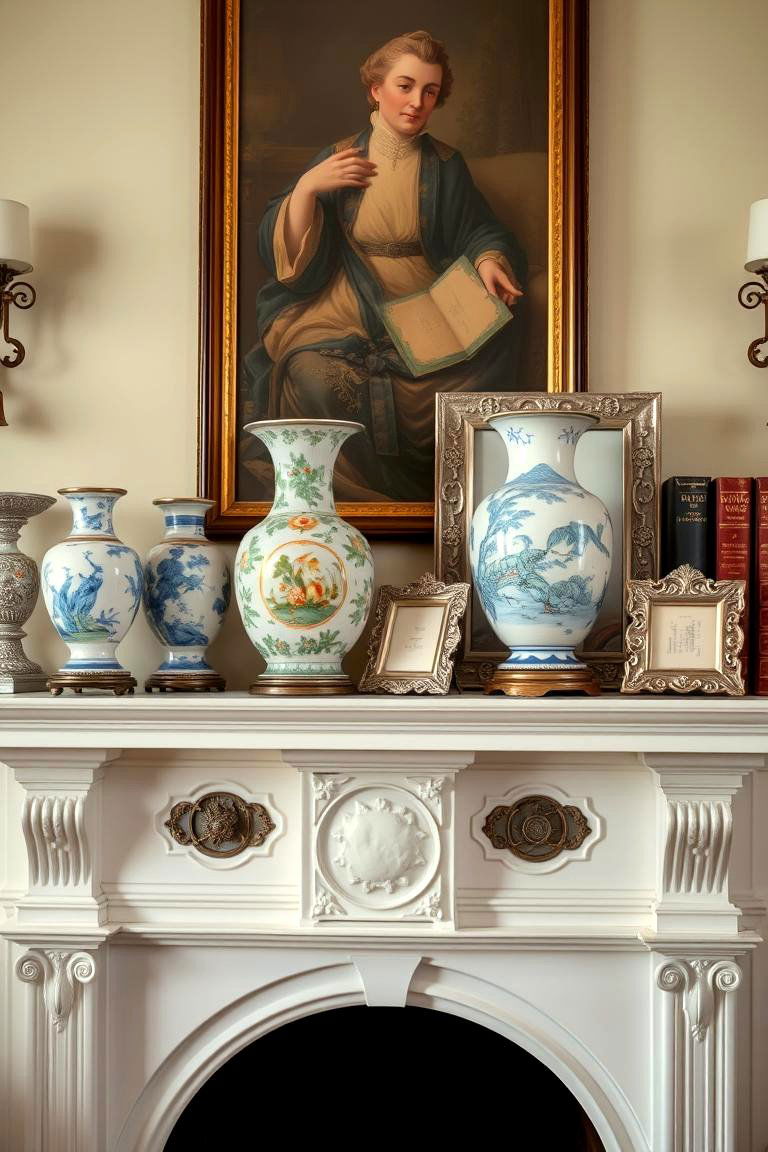
To personalize a traditional interior, consider the thoughtful use of decorative accessories. This includes items like porcelain vases, silver picture frames, antique books, and decorative trays. These carefully selected pieces add personality and visual interest to shelves, tables, and mantels, reflecting the homeowner's taste and style.
20. Emphasis on Quality Craftsmanship

Another hallmark of traditional interior design is the emphasis on quality craftsmanship. This applies to furniture, textiles, and architectural details. Investing in well-made pieces ensures durability and longevity, contributing to the overall sense of luxury and refinement. The attention to detail in craftsmanship is evident in the fine finishes and sturdy construction of traditional elements.
21. Balanced Proportions and Scale

What contributes to the harmonious feel of traditional interiors is the careful consideration of proportions and scale. Furniture and accessories are chosen to complement the size of the room, creating a sense of visual balance. High ceilings might accommodate larger furniture pieces and grander window treatments, while smaller rooms benefit from more appropriately scaled items.
22. Incorporating Floral Arrangements
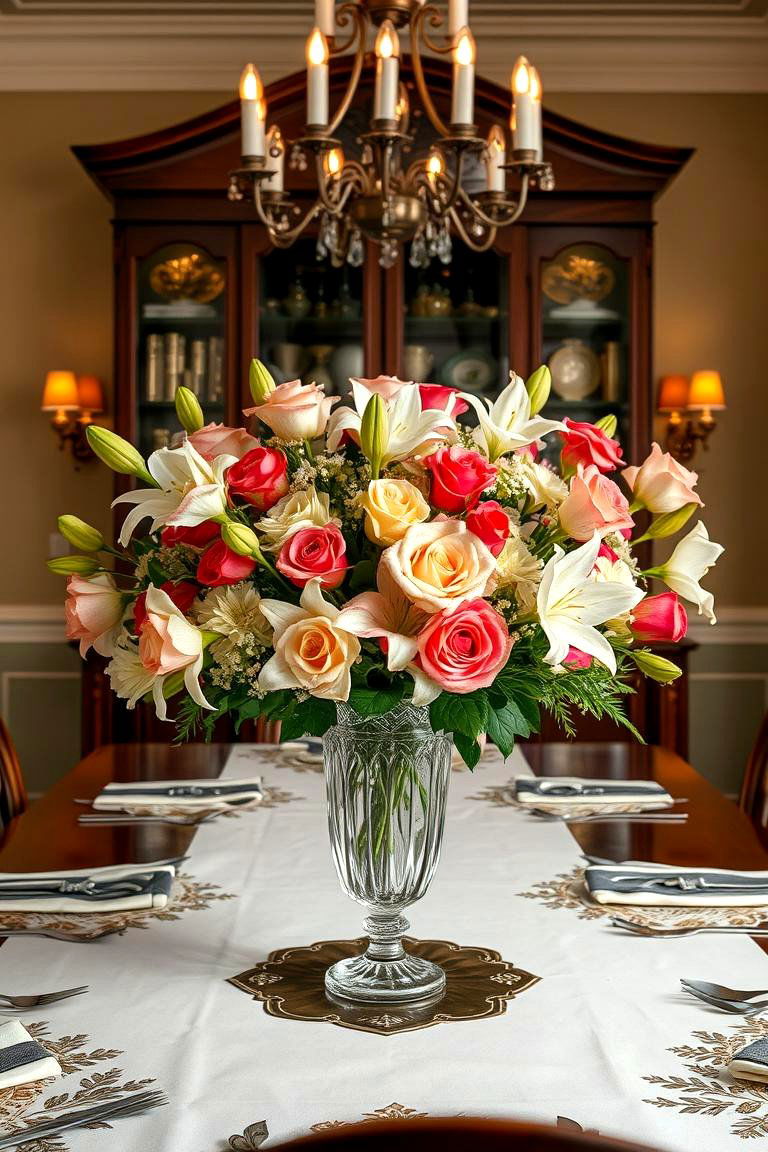
Bringing life and freshness into a traditional interior often involves incorporating elegant floral arrangements. Whether it's a formal bouquet on a dining table or a simple arrangement of fresh flowers on a mantelpiece, these natural elements add color, fragrance, and a touch of organic beauty to the space. Opt for classic floral varieties like roses, lilies, and hydrangeas.
23. Traditional Wall Coverings

Finally, consider the use of traditional wall coverings to enhance the character of a room. This might include wallpaper with classic patterns like damask, stripes, or floral prints, or perhaps elegant paint finishes in rich, saturated colors. Wainscoting or paneling can also add texture and visual interest to the walls, contributing to the overall traditional aesthetic.
24. Creating Cozy Reading Nooks
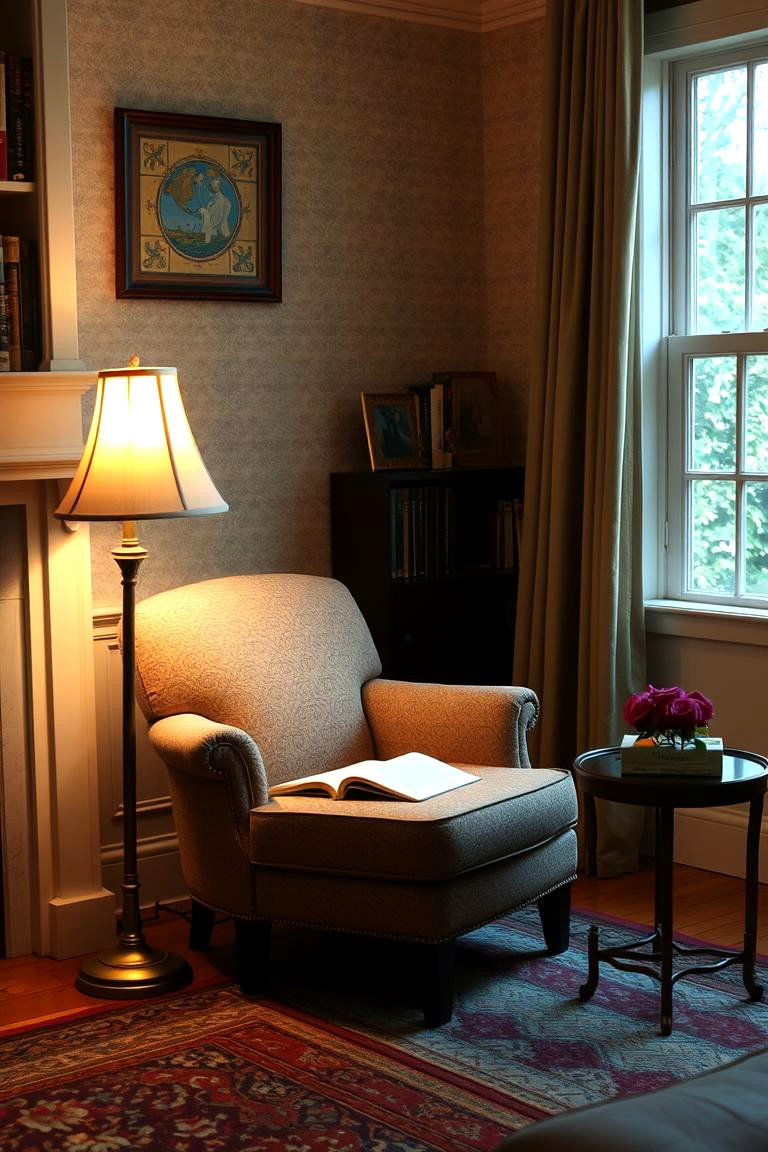
These cozy reading nooks are a delightful addition to traditional homes. Tucked away in a corner or by a window, these spaces typically feature a comfortable armchair, good lighting (like a floor lamp or wall sconce), and perhaps a small side table for a cup of tea and a book. They offer a quiet retreat for relaxation and reading, enhancing the home's comfort and charm.
Conclusion:
The enduring appeal of traditional interior design lies in its ability to create spaces that are both elegant and welcoming. By thoughtfully incorporating elements like classic furniture, rich fabrics, symmetrical arrangements, and layered lighting, you can cultivate an environment that exudes sophistication and timeless charm. Embracing these 24 Traditional Interior Design Ideas offers a pathway to crafting a home that feels both refined and deeply comfortable, a true reflection of enduring style and grace.


